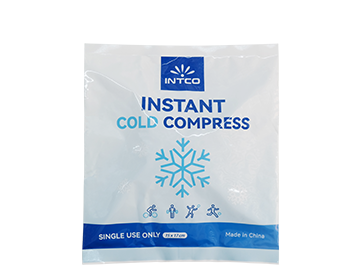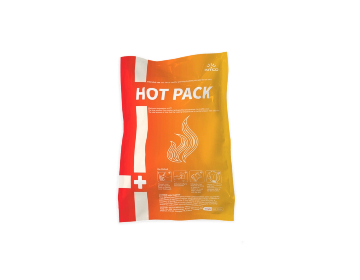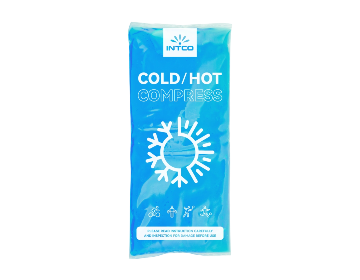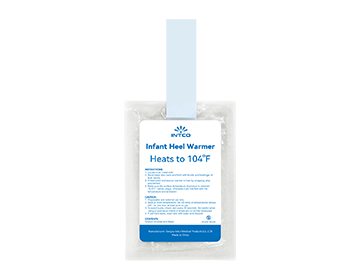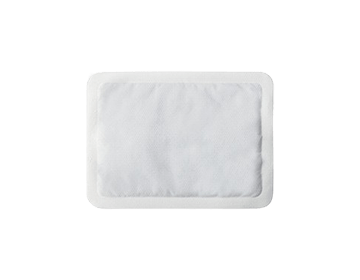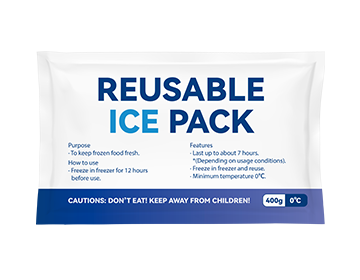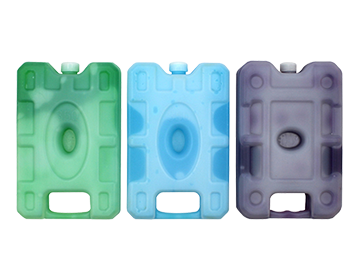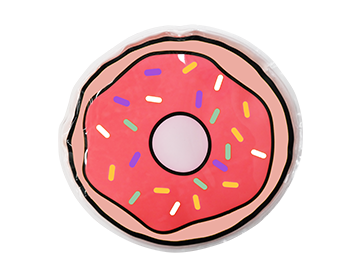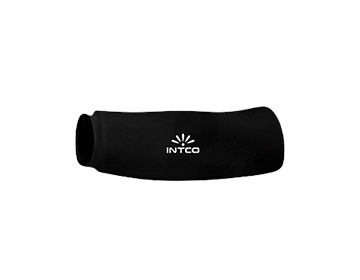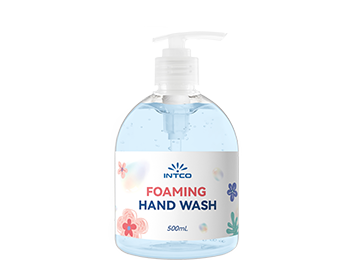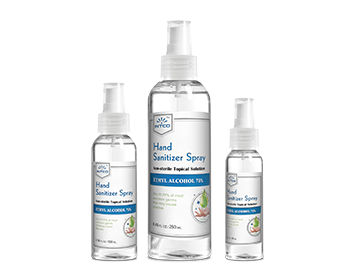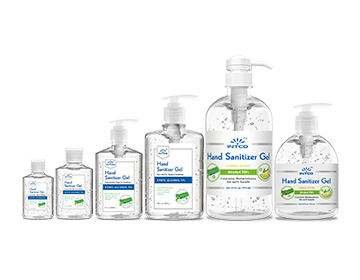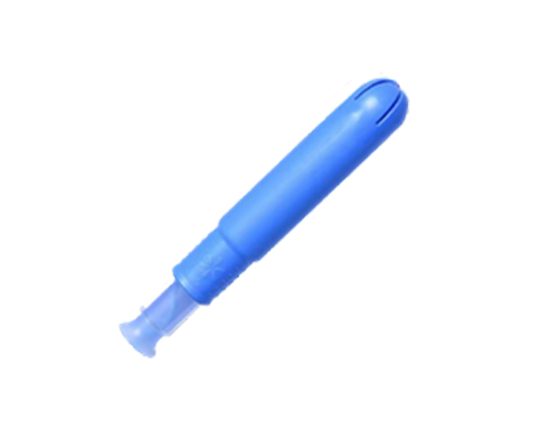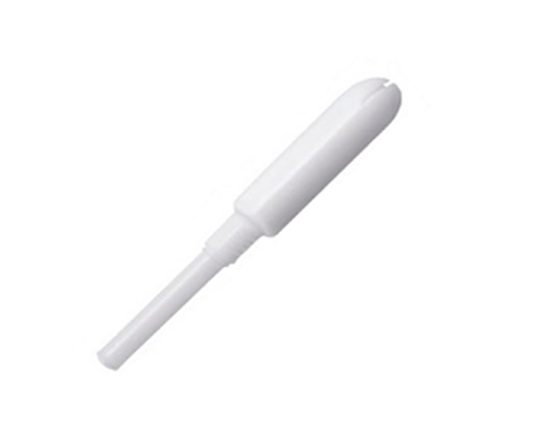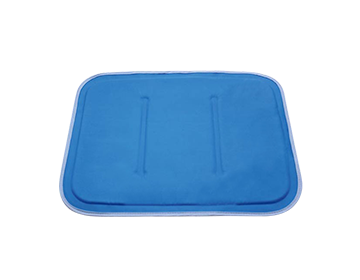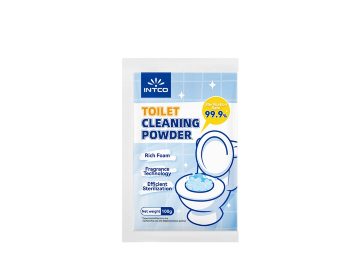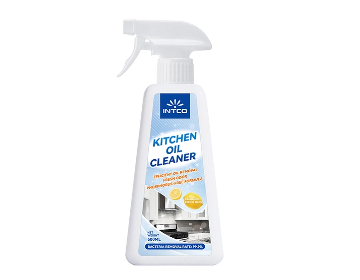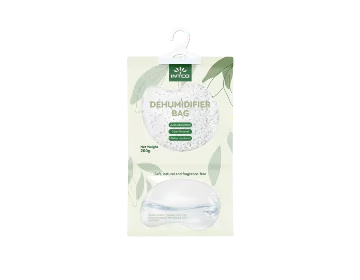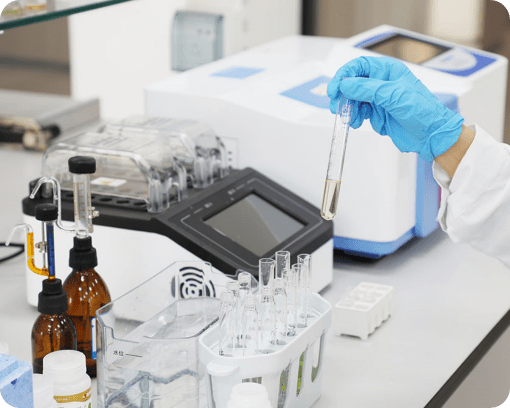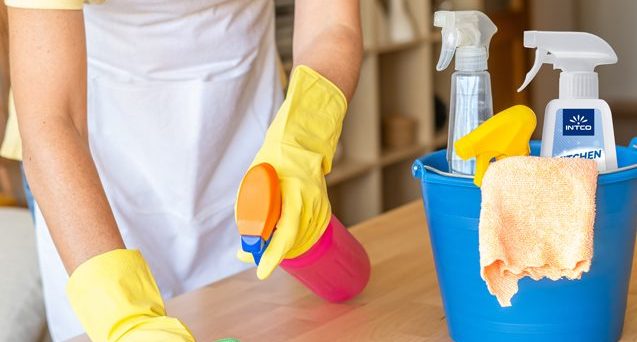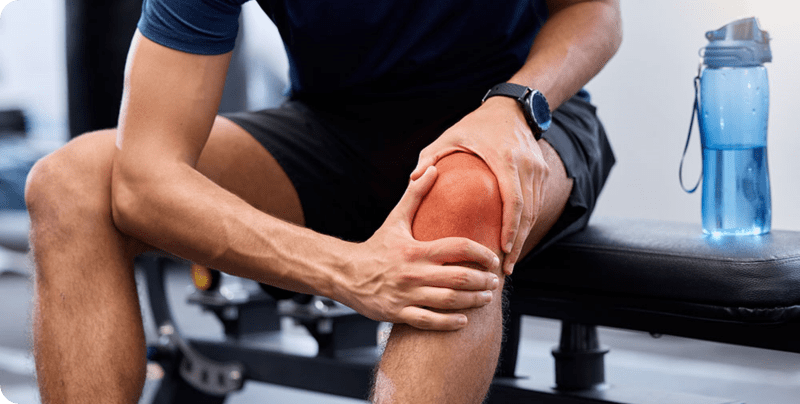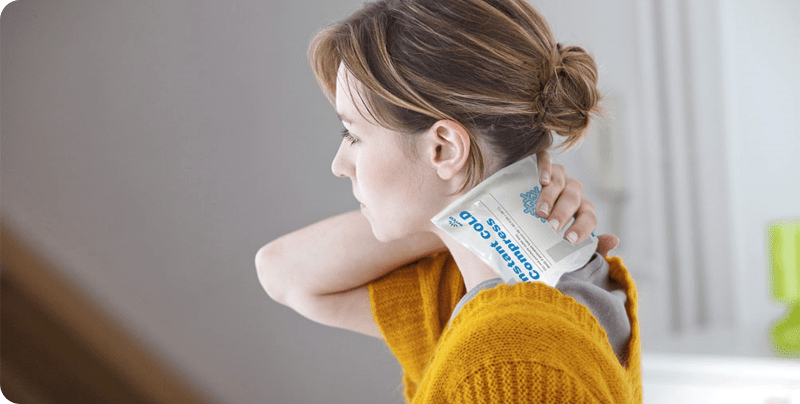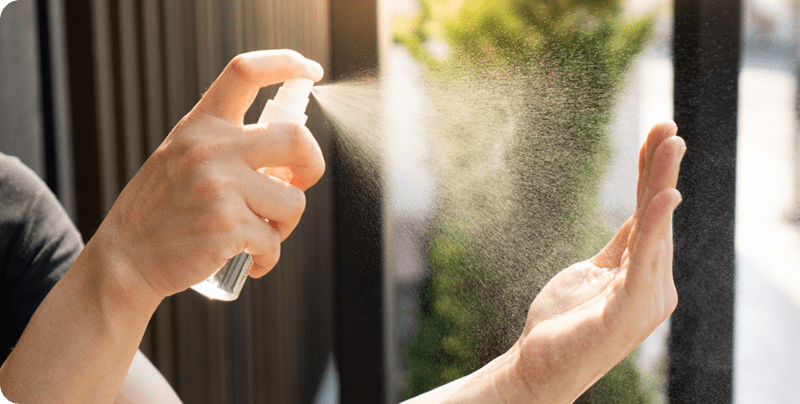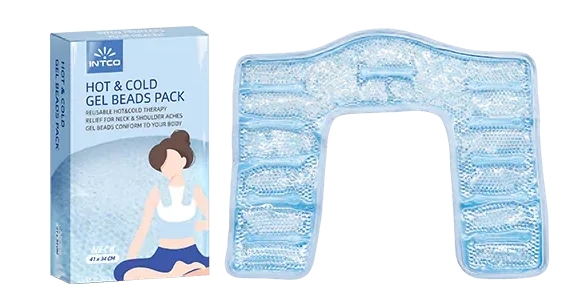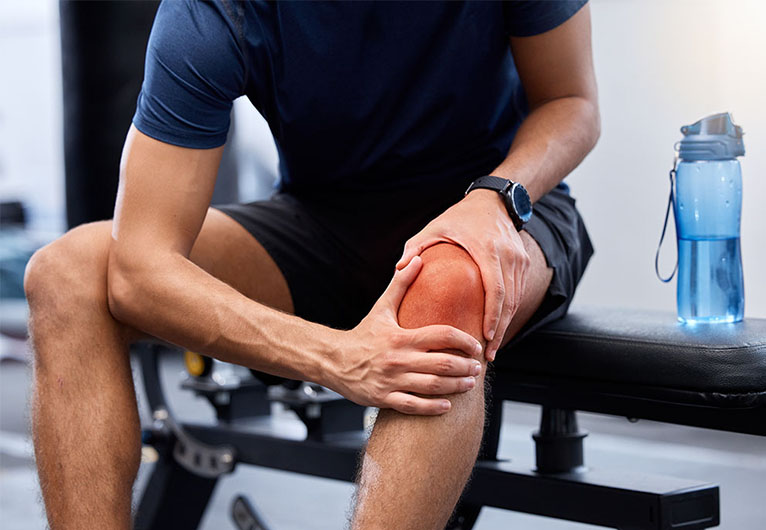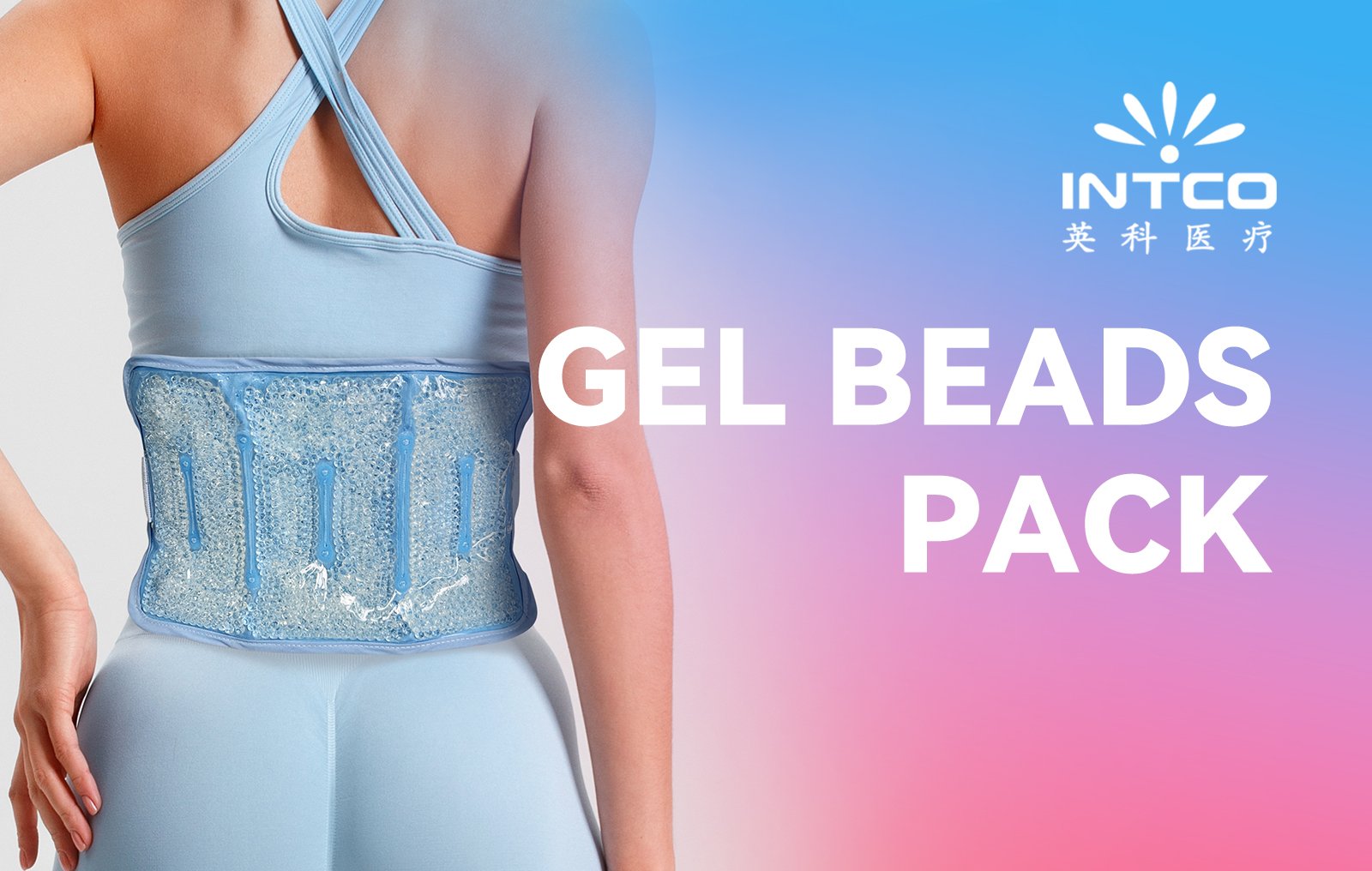Why Gel Bead Ice Packs Are Popular in Physical Therapy
Why Gel Bead Ice Packs Are Popular in Physical Therapy
Cold therapy (cryotherapy) has long been a staple in physical therapy, sports medicine, and rehabilitation settings. Among the many cold-pack options, gel bead ice packs have become increasingly favored in recent years. But what makes them stand out? In this article we explore the mechanisms, benefits, considerations, and best practices of gel bead ice packs in physical therapy—and why clinicians and patients alike are gravitating toward them.
The Physiological Rationale: Why Cold Therapy Works
Mechanisms of Action
To understand the popularity of gel bead packs, we must first revisit why cold therapy is effective. According to Physio-pedia, cryotherapy acts through several physiological pathways: it induces local vasoconstriction, lowers cellular metabolism, slows nerve conduction velocity, and reduces edema formation.
By constricting blood vessels in the area, less inflammatory fluid floods into the tissues, which helps reduce swelling. The lowered temperature also slows metabolic demand of injured cells, limiting secondary tissue damage. In addition, colder temperatures blunt nerve signals, giving analgesic (pain-reducing) effects.
Evidence from Clinical Studies: Gel Packs vs Traditional Ice
In a study examining knee skin surface cooling, both gel packs and ice bags were effective in lowering temperature and maintaining that state over several hours—indicating that well-designed gel packs can rival traditional ice in cooling performance.
Another review cautions that while cold therapy generally helps reduce inflammation, overuse or improper application may delay healing in some contexts—thus timing and dosage are critical.
Cold Therapy in PTA / Rehab Protocols
In many physical therapy protocols, cold is recommended especially in the acute or inflammatory phase (first 24–72 hours) of injury. As Bay State Physical Therapy notes, ice helps numb pain, reduce swelling, and limit further tissue damage, especially in those early time windows.
Later in healing, therapists may combine modalities (e.g. heat, compression, manual therapy) with cold to optimize recovery. As Tufts’ rehabilitation experts emphasize, using cold or heat inappropriately (wrong timing or intensity) can hamper healing.
Thus, gel bead ice packs become an attractive option if they can deliver reliable, safe, and controllable cold in therapy regimens.
What Are Gel Bead Ice Packs? Design and Differences
Composition and Structure
A gel bead ice pack is a pouch (often vinyl, TPU, or fabric-laminate) filled with numerous small, soft gel beads (or microbeads) suspended in a gel medium or polymer matrix. These beads remain pliable even when cold, allowing the pack to contour to curved or irregular body parts.
By contrast, a classic gel pack is filled with a continuous semi-gel substance (a gel matrix) that tends to firm more when frozen. The “bead” structure offers more flexibility, better conformability, and more uniform temperature distribution across contacting surfaces.
Dual Use / Hot & Cold Capability
One major advantage: many gel bead packs are designed for dual therapy (i.e. usable in both cold and hot modes). You can freeze them for cold therapy or microwave them (within limits) for moist heat. This flexibility makes them especially appealing in therapy or home settings.
Such dual-mode designs reduce the need for separate cold packs and heat packs, adding convenience and cost-effectiveness.
Comparison to Regular Gel Packs – Benefits & Tradeoffs
Let’s tabulate key differences:
|
Feature |
Gel Bead Ice Packs |
Traditional Gel Packs |
|
Flexibility / Conformability |
Excellent, even when frozen |
Good, but may stiffen in cold |
|
Contact with curved surfaces |
Well suited (knees, ankles, wrists) |
Less adaptive to curves |
|
Cooling uniformity |
Generally more even, less “hot spots” |
Possible cold “spots” or unevenness |
|
Cold retention |
Typically moderate (15–25 min) |
Often longer (20–30+ min) |
|
Durability |
May degrade if overused or punctured |
Usually robust (if high quality) |
|
Dual therapy (heat + cold) |
Many models support both |
Less common |
Because of these traits, gel bead packs tend to be favored in clinical and at-home physical therapy settings where adaptability across body areas and patient comfort matter.
Why Gel Bead Packs Are Gaining Popularity in Physical Therapy
Superior Ergonomics and Patient Comfort
Therapists frequently deal with joints (e.g. knee, elbow, ankle) and curved surfaces. Gel bead packs, by virtue of their flexibility, can maintain close contact without leaving gaps. The result: more efficient cooling and improved comfort, especially on smaller or irregular regions.
Patients often report that bead packs “feel better” — softer edges, less cold shock, and better fit. This psychological comfort can support better adherence to therapy regimens.
More Uniform Temperature Distribution & Safety Profile
Because the bead structure promotes even heat (or cold) distribution, there is less risk of localized cold “hot spots” or uneven cooling that can lead to tissue damage. INTCO has highlighted that gel bead packs prevent “hot spots” (i.e. overly cold patches) and lower frostbite risk.
This safety edge is important in clinical settings, especially when therapists treat patients with impaired sensation or circulatory issues.
Efficiency in Clinical Workflow
In busy PT clinics, using a versatile, fast-acting pack that requires minimal repositioning is a bonus. Gel bead packs often require less “molding” time: freeze, apply, conform, leave. Some even come with straps or covers to secure placement.
Because of their dual-mode nature, therapists don’t need separate cold and heat packs for different modalities—saving storage space, handling, and patient handoffs.
Cost, Reusability & Long-Term Value
While top-tier gel bead packs may carry a higher upfront cost, their reusability and multiple-cycle stability can render them cost-effective in the long run. Many models are rated for hundreds of freeze-thaw cycles.
Suppliers in the physical therapy supply chain emphasize metrics like leak-resistance, cycle durability, and medical-grade materials when choosing gel packs.
In fact, many clinics and rehab centers consider durability as important as thermal performance when assessing supply ROI.
Best Practices & Guidelines for Using Gel Bead Ice Packs in Therapy
Duration and Timing of Application
Most guidance suggests 10 to 20 minutes per session, repeating several times daily, but always monitoring skin tolerance.
Overexposure can lead to skin damage (frostbite, cold burns), while underexposure may yield insufficient therapeutic effect.
Therapists often use a 10–20 min on / 60 min off rule to allow tissues to rewarm and prevent overcooling.
Skin Protection & Safety Precautions
Never apply the pack directly to bare skin—always insert a cloth or thin towel barrier.
Monitor the skin during application; if numbness, tingling, or-looking overly pale or blotchy, remove the pack immediately. Avoid use in areas with impaired sensation (e.g. neuropathy) or circulatory disorders unless under supervision.
Gel bead packs should not be applied to open wounds or broken skin unless designed for such (and cleared medically).
Sequence with Other Modalities
Cold therapy is often applied early in an injury to blunt inflammation. Later phases may incorporate heat, manual therapy, stretching, or electrical modalities. Know when to switch from cold to heat.
Tufts rehabilitation experts caution that overzealous cooling may hamper natural inflammatory responses needed for healing—thus cold should not be overused.
Storage, Maintenance, and Longevity
Store the pack flat in the freezer (for cold mode) to avoid bead migration. After use, gently clean with mild soap and water; avoid sharp objects or folding that could damage seams.
Check periodically for leaks, microfractures, or bead clumping. Discard or replace once structural integrity is compromised.
Real-World Use Cases & Clinical Feedback
Post-Surgical Rehabilitation
After surgeries (e.g. ACL repair, rotator cuff, joint replacement), edema and pain control are major early goals. Gel bead packs, by conforming to surgical pads, drains, and joint shapes, enable better local cold delivery and patient comfort.
Sports Injury & Athletic Training Rooms
Athletic trainers often prefer gel bead packs for taping, wrapping, and quick application in locker-room settings—versus rigid ice bags. Their flexibility and portability make them practical for sideline use.
Home Rehabilitation for Patients
Many PT clinics provide patients with take-home gel bead packs. Because of their forgiving shape and dual-mode usage, patients are more likely to comply with home cold/heat routines—especially for joints such as wrists, ankles, neck, and knees.
Case Example / Clinician Feedback
Though large-scale clinical trials comparing bead vs. standard packs are limited, feedback in clinical settings suggests reduced repositioning, better patient satisfaction, and fewer cold-induced discomfort events. Some clinics report marginally faster swelling control when using bead packs in early post-op protocols (anecdotal).
We anticipate that as more research emerges, gel bead packs will continue to be integrated more formally into evidence-based rehab protocols.
Limitations, Considerations & When Not to Use
Shorter Cold Retention vs Some Gel Packs
Because gelatinous microbeads don’t freeze into as rigid a structure, some bead packs may lose cold more quickly than solid gel packs—though in many clinical uses the tradeoff is acceptable.
Risk of Overcooling / Cold Injury
As with any cold modality, overuse or too low temperature can damage skin or deeper tissues. Careful timing, barrier layers, and patient monitoring remain essential.
Puncture & Durability Risks
Bead packs may be more vulnerable to puncture or seam failure if mishandled. High-quality manufacturing (heat-sealed seams, puncture-resistant films) is crucial. Users should inspect regularly.
Contraindications
Avoid use in:
· Open wounds or skin ulcers
· Areas with compromised circulation (e.g. peripheral vascular disease)
· Patients with cold intolerance, cryoglobulinemia, Raynaud’s phenomenon
· Impaired sensation where patient cannot feel cold injury
Physical therapists should always screen patients before prescribing cold modality use.
Summary and Future Trends
Gel bead ice packs combine the therapeutic advantage of cold therapy with enhanced ergonomics, safety, and flexibility—making them an appealing tool in modern physical therapy. Their ability to conform to irregular anatomy, deliver relatively uniform cooling, and support dual-mode (hot/cold) use sets them apart from conventional gel packs. While they are not a panacea and must be used with proper precautions and timing, their adoption in many PT settings is rising.
In the years ahead, we anticipate more rigorous comparative studies, integration with smart sensors (temperature feedback), and further material optimizations (e.g. phase-change gels, biodegradable beads).
In the context of OEM / contract manufacturing, INTCO Medical is one such company offering high-quality gel bead hot & cold packs, medical-grade materials, customizable options, and designs trusted by clinics and rehabilitation centers globally.
FAQ (Frequently Asked Questions)
Q1: Are gel bead ice packs safe for children?
Yes — many models use non-toxic gel beads, remain pliable, and offer safer contours for pediatric use. But always supervise and use the barrier cloth layer.
Q2: How long can a gel bead pack stay cold?
Typically between 15–25 minutes at therapeutic levels, depending on ambient temperature, pack design, and insulation.
Q3: Can I microwave a gel bead pack for heat therapy?
Yes—if the product is rated for microwave or hot therapy. Always follow manufacturer instructions for time, power level, and safety.
Q4: Which is better: gel bead pack or traditional gel pack?
It depends on application. Gel bead packs excel in conformability and patient comfort; traditional gel packs sometimes offer longer cold retention. A mix of both in a clinic is common.
Q5: How often should I replace a gel bead pack?
If you notice leakage, bead clumping, seam damage, or diminished cooling performance, replace it. Many quality packs support hundreds of cycles.

